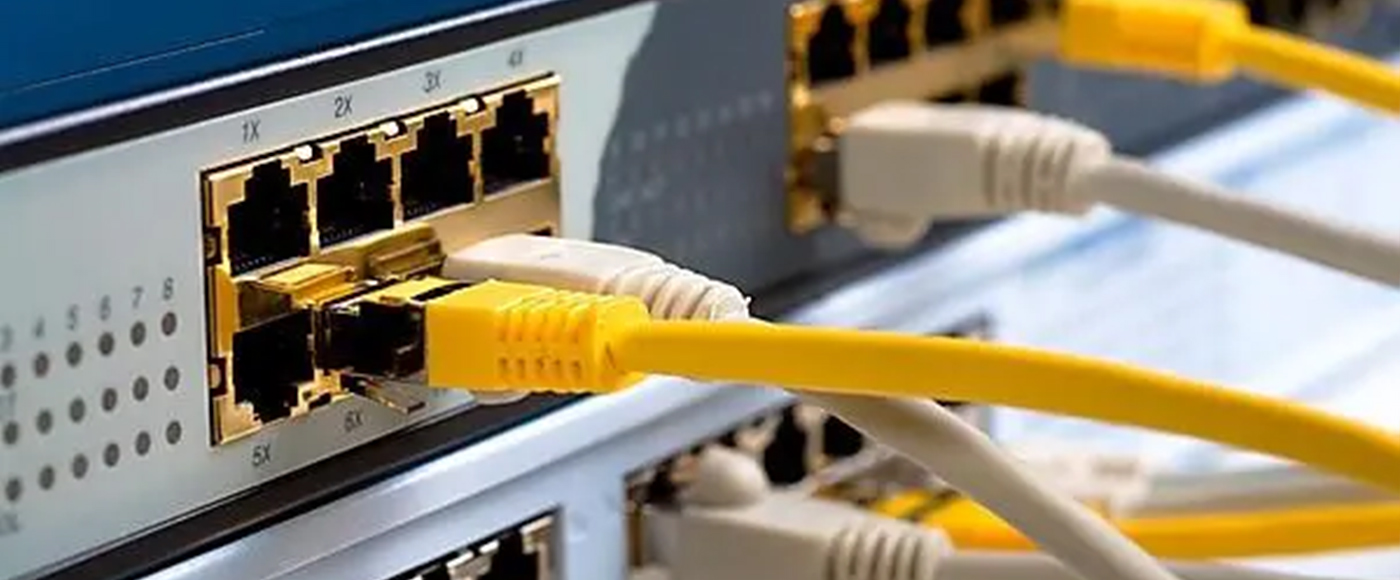Do you know what are the dedicated ports for up and down switching?
A switch is a transfer device for network data, and the connection ports between the upstream and downstream devices it connects to are called uplink and downlink ports. At the beginning, there was a strict definition of which port on a switch. Now, there is no such strict distinction between which port on a switch, just like in the past, there were many interfaces and ports on a switch. Now, for example, a 16 way switch, when you get it, you can directly see that it has 16 ports.
Only high-end switches provide several dedicated uplink and downlink ports, and usually the connection speed of dedicated uplink and downlink ports is much faster than other ports. For example, advanced 26 port switches consist of 24 100 Mbps ports and 2 1000 Mbps ports. 100 Mbps are used to connect computers, routers, network cameras, and 1000 Mbps are used to connect switches.
Three connection methods for switches: cascading, stacking, and clustering
Switch cascading: Generally speaking, the most commonly used connection method is cascading. Cascading can be divided into using regular ports for cascading and using Uplink ports for cascading. Simply connect regular ports with network cables.

Uplink port cascading is a specialized interface provided on a switch to connect it to a regular port on another switch. It should be noted that it is not the connection between two Uplink ports.
Switch stacking: This connection method is commonly used in large and medium-sized networks, but not all switches support stacking. Stacking has dedicated stacking ports, which can be considered as a whole switch for management and use after connection. The stacked switch bandwidth is tens of times the speed of a single switch port.
However, the limitations of this connection are also evident, as it cannot be stacked over long distances, only switches that are connected together can be stacked.
Switch cluster: Different manufacturers have different implementation plans for the cluster, and generally manufacturers use proprietary protocols to implement the cluster. This determines that cluster technology has its limitations. Switches from different manufacturers can be cascaded, but cannot be clustered.
So, the cascading method of the switch is simple to implement, only one ordinary twisted pair is needed, which not only saves costs but is basically not limited by distance. The stacking method requires relatively large investment and can only be connected within a short distance, making it difficult to implement. But the stacking method has better performance than the cascading method, and the signal is not easily depleted. Moreover, through the stacking method, multiple switches can be centrally managed, greatly simplifying the workload of management.
Post time: Jul-18-2023

